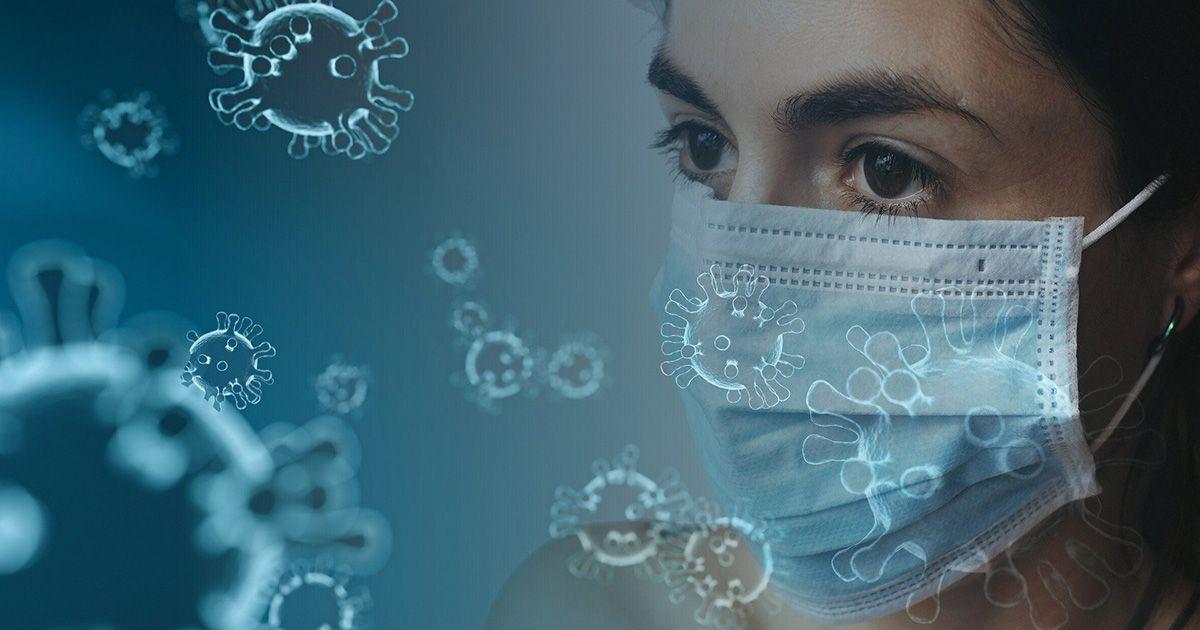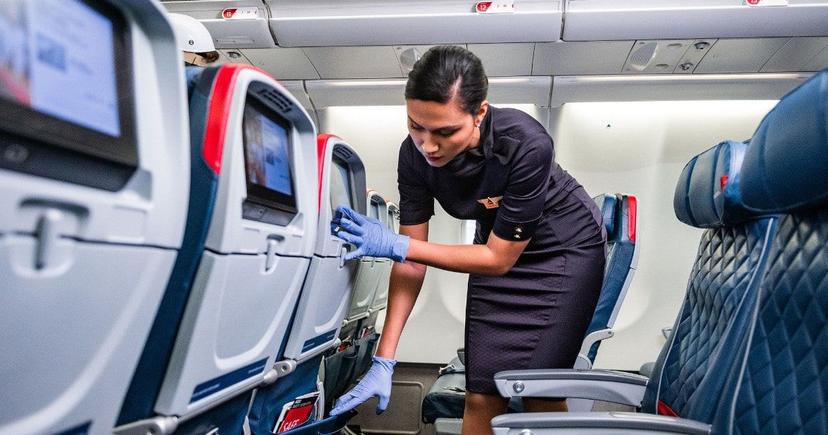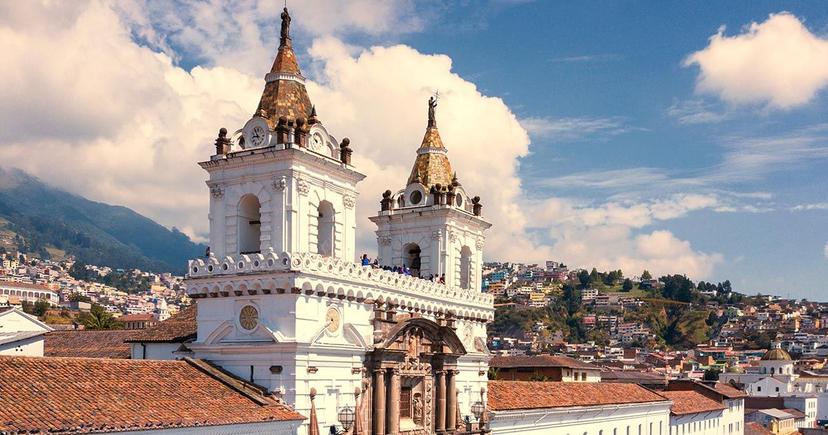
Anyone who loves to travel is surely getting the itch to take flight to an exciting destination right about now. Ecuador and its magical Galapagos Islands off the coast are treasure troves of natural wonders — and are a travel dream for wanderlusting quarantiners. Like everywhere else on the planet, coronavirus in Ecuador is a central theme affecting the lifestyles of both residents and visitors. The good news is, with strict measures to monitor safety for all, travel to Ecuador is again a possibility.
We at Latin America for Less are here for you to answer any questions about your upcoming trip to Ecuador and the Galapagos. Plus, our expert travel advisors can help you safely and responsibly plan your dream vacation with peace of mind.
September 11, 2021: As of September 11th, 2021 all international travelers to Ecuador over 2 years of age must present either a negative RT-PCR test issued no more than 72 hours before boarding their flight or a vaccination card with the full vaccination schedule completed no more than 14 days prior to travel. Visitors to the Galapagos over 2 years of age must present a negative RT-PCR test issued within 72 hours of boarding their flight, regardless of vaccination status. Visitors coming from India or Brazil (including residents, visitors and transit travelers) must be fully vaccinated, present a negative RT-PCR test issued within 72 hours of boarding their flight, and complete a mandatory 10-day quarantine upon arrival at any hotel of their choice (at their own expense).
September 1, 2021: As of September 1st, 2021 all travelers to the Galapagos aged 16 and up must be fully vaccinated and present a negative PCR test issued within 72 hours of boarding their flight. Travelers between 2 and 16 years of age are exempt from the vaccine requirement but must still present a negative PCR test issued within 72 hours of boarding their flight. Travelers coming from India or Brazil (including residents, visitors and transit travelers) must be fully vaccinated, present a negative PCR test issued within 72 hours of boarding their flight, and complete a mandatory 10-day quarantine upon arrival at any hotel of their choice (at their own expense)
July 27, 2021: As of July 16th, 2021 a negative antigen test will no longer be accepted for entry to Ecuador and the Galapagos Islands. Travelers can enter with a negative PCR test issued 72 hours before traveling or by showing a vaccination card or equivalent (the final dose must have been taken at least 14 days before traveling)
June 15, 2021: As of July 1st and onwards, travelers are able to enter both mainland Ecuador and Galapagos Islands by showing their vaccination card or equivalent (the final dose must have been taken at least 14 days before traveling). Travelers are also allowed to enter with the negative result of a PCR test or rapid antigen test took up to 72 hours before traveling. Kids under 2 years old are exempted, children under 14 years old are exempted from antigen tests upon arrival which some passengers may be subject to. A Traveler Health Declaration Form must be presented upon arrival. Passengers arriving from Brazil will be required to self-isolate for 10-days at their own expense in a hotel accredited by the Ministry of Tourism.
December 21, 2020: As of December 21, Ecuador will enter a new state of alert for 30 days. Ecuador will restrict the entry of travelers arriving from the United Kingdom, South Africa, Austria, and the European Union and there will be a curfew, between 10 p.m. and 4 a.m.
October 19, 2020: Individuals 18 years or younger do not need to provide a negative PCR test to enter Ecuador or the Galapagos. Adults over the age of 18 years still need to provide a negative PCR test issues no more than 10 days before arrival, plus an additional negative test taken no more than 96 hours prior to arrival in the Galapagos.
August 15, 2020: Travelers no longer have to quarantine for 14 days upon arrival to Ecuador, provided that they have tested negative for COVID-19 no more than 10 days before their arrival. More details [below] . To travel to Galapagos, travelers must present a second negative test result from a PCR test taken no more than 96 hours prior to arrival.
August 6, 2020: U.S. Department of State removed the Global Health Advisory Level 4 in Ecuador. It is now listed as Level 3: Reconsider Travel. US Embassy & Consulate in Ecuador
June 1, 2020: Ecuador borders reopen to travelers, provided that they can present a negative COVID-19 test taken no more than 10 days before their date of travel. However, they still must self-quarantine for 14 days upon arrival before commencing their travels around the country.
March 15, 2020 : Ecuador closes its borders to foreign travelers. Ecuadorian citizens and residents have an extra day, until March 16, to return to the country.
COVID-19 is a new coronavirus that has not been previously found in humans. It was first identified in Wuhan, China in 2019 – hence the name CO (corona), VI (virus) D (disease) 19 (2019). This virus affects the upper respiratory tract, and includes symptoms like fever, cough, difficulty breathing, fatigue, body aches and more. Older adults and those with underlying conditions or compromised immune function are at higher risk for serious symptoms. 80 percent of people get mild symptoms of the virus are are able to heal on their own. The other 20 percent may require hospitalization.
Yes, there are confirmed cases of coronavirus in Ecuador. According to the World Health Organization , as of July 27th, 2021 there are 480,720 cases of COVID-19 in Ecuador. This is relatively less than other countries, especially compared to neighboring countries of Colombia, Peru and Brazil.
It is relatively safe to travel to Ecuador, but with caution. On August 6th, the travel advisory for Ecuador was changed from the highest level, a Level 4 Advisory, which states “Do Not Travel,” to a Level 3 Advisory, which states “Reconsider Travel.” Ecuador is taking extensive precautions to ensure the safety of both foreign travelers and citizens, such as requiring travelers to show their vaccination card or equivalent or negative results of a PCR test upon arrival to the country.
Galapagos Tours:
Travels may enter Ecuador by showing their vaccination card or equivalent (the final dose must have been taken at least 14 days before traveling). Travelers are also allowed to enter with the negative result of a PCR test issued up to 72 hours before traveling (kids under 2 years old are exempted).
Travelers who do not present a negative test or vaccination card will need to:
Passengers arriving from Brazil will be required to self-isolate for 10-days at their own expense in a hotel accredited by the Ministry of Tourism.
The Ecuadorian borders were closed to foreign travelers starting on Sunday, March 15, 2020; and were closed to citizens and residents starting on Monday, March 16, 2020. Borders reopened to travelers on June 1, 2020, with restrictions and mandatory quarantines in place. As of April 9th, 2021, passengers arriving from Brazil will be required to self-isolate for 10-days at their own expense in a hotel accredited by the Ministry of Tourism.
No, travelers may still visit the Galapagos Islands at this time . Guidelines for visiting the Galapagos are similar to entering Ecuador. To visit the Galapagos , travelers must show their vaccination card or equivalent. Travelers may also enter with the negative result of a PCR test taken up to 72 hours before traveling. Note that the negative results must be valid within the time constraints, otherwise another test may be required. Children under 2 years old are exempted.
A sanitized, socially-distanced traveler is a safe traveler. According to Centers for Disease Control and Prevention, the way that air circulates on planes does not cause people to catch COVID-19, as the air is filtered. The bigger issue is that it is more difficult to socially distance on planes and airport security lines; plus there are many high-touch surfaces in airports and aircrafts. Here are recommendations for safe air travel:
If you contract Coronavirus in Ecuador, follow these guidelines:
If you have any questions about a trip booked with Latin America for Less , feel free to check-in with your Travel Advisor for specific information regarding your reservations. If you have questions regarding a self-booked flight, please contact your airline directly.
Peru for Less does not specialize in healthcare advice. The answers we’ve compiled for the Coronavirus FAQs are based on guidelines and details from reputed institutes cited throughout this article. Some information may not be up-to-date despite our greatest efforts.



Email: [email protected]
Sign up to receive our newsletter for great articles, stunning photos, and special deals.